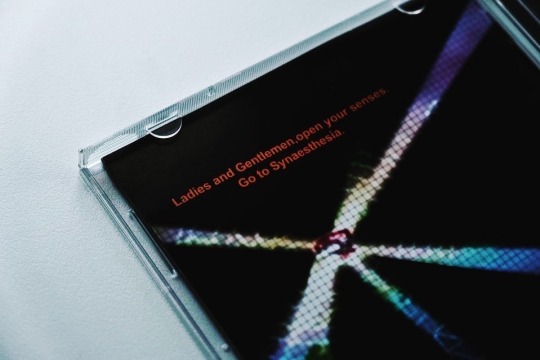#tetsuya mizuguchi
Explore tagged Tumblr posts
Text
Preview - Rez HD on 101% (NoLife)(17-09-2007)(France)
40 notes
·
View notes
Text
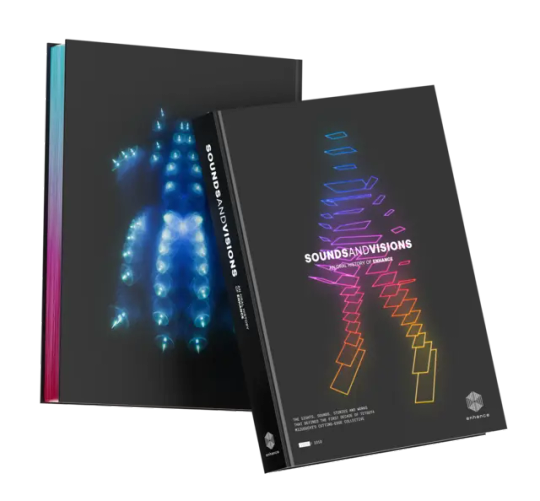
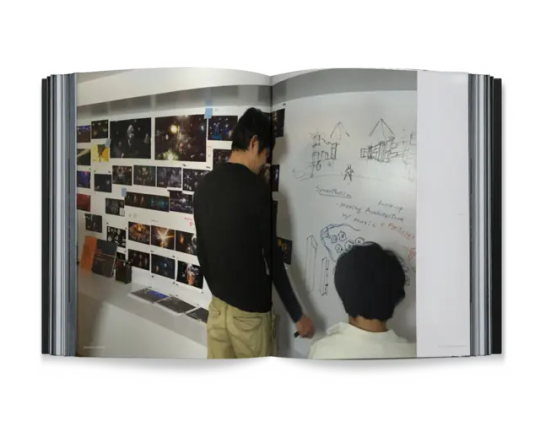
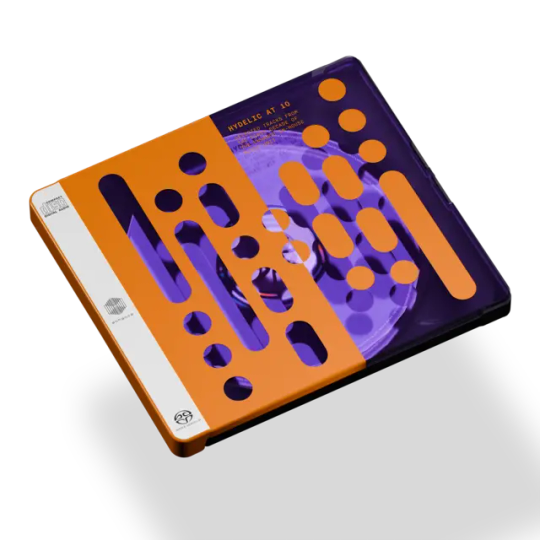

Sounds & Visions: Enhance At 10 Boxed Set by Cook & Becker
15 notes
·
View notes
Text

#Rez#PlayStation 5#PlayStation 4#Android#Microsoft Windows#Xbox 360#Dreamcast#PlayStation 2#Oculus Quest#Shoot 'em up#Rail shooter#Tetsuya Mizuguchi#United Game Artists#Q Entertainment#HexaDrive#Sonic Team#Enhance#Sega#Sony Interactive Entertainment#Xbox Game Studios#2001
7 notes
·
View notes
Text
048: Child of Eden

A spiritual sequel to Tetsuya Mizuguchi’s Rez, Child of Eden released with little fanfare, and has seemingly failed to achieve the same critical adoration and cult status as its predecessor. Regardless, Child of Eden acts as a sort of missing link between Rez and Mizuguchi’s subsequent directorial projects, folding back into its predecessor with Rez Infinite’s Area X, with visuals and themes being directly revisited in Tetris Effect. (Co-producer James Mielke also went on to direct Jupiter & Mars, a dolphin themed game that draws from similar aesthetics seen here).
Child of Eden directly follows themes explored by Rez’s finale, with many parallels in its setup, but eschews a direct connection for more of an alternative retelling. Both involve taking on an AI--in Rez you take on a rogue AI named Eden as she has an existential crisis brought on by an overload of information. In Child of Eden, Eden is instead the name of cyberspace, the archive of human knowledge where Lumi awakens. Lumi is made from the memories of the first human born in space, and when activated, a virus begins to corrupt her memories, requiring you to clear various archives to keep her conscious.

Rez’s aggressive, immediate club beats give way to a more layered pop soundscape provided by Genki Rockets, Mizuguchi’s own musical project. Genki Rockets itself ties into the story, with the frontwoman being a fictional 17-year old from the future, and the first child born in space, making Child of Eden’s Lumi an AI based on her.
Genki Rockets’ music leans much heavier into the electronic pop elements, with heavily processed lyrics, guitars and samples. It’s a much more upbeat soundscape, leaning into themes of optimism and imagination. Rachel Rhodes reprises her role as Lumi here, seen in the opening video as well as in glimpses throughout the game. It’s a more human, and organic aesthetic compared to its predecessor, even when it leans into similar synthetic thematic material.


Child of Eden largely follows the syncopated rail shooter format of its predecessor, with a focus on lock on attacks, with enemies coming in waves of 4 or some multiple of it, timed to line up with the beat of the music. Both locking on and releasing are signalled with percussion, and timing your release as you reach maximum lock on will result in a score bonus for staying on beat.
Supplementing the lock on is the rapid fire attack, which does less damage but can defend against attacks and break down armor on certain enemies. Attacks often follow a circular, or spiral pattern, requiring you to smoothly trace them in order to intercept them. A screen clearing bomb rounds out the arsenal, as your panic button when the odds get too overwhelming.
The game was promoted for its use of motion controls, supporting both the Kinect and PS Move controller, leading to some people mistaking it to be a motion control only game. The game does support using separate controllers as Mizuguchi’s famous “trance vibrator”, so you can even get the force feedback while using them.

As for the controls themselves, I can only speak to the Kinect version, but they work well, with each hand acting as a different shot type, and tracking generally being good, though there might be some unintentional overlap when switching hands. Raising both hands activates the bomb function, which has a short buffer to prevent accidental bombing, meaning you’ll have to anticipate using it a little earlier. The feeling is not unlike Fantasia’s conductor-like hand motions, though instead of swipes here there’s a great focus on tracing shapes across the screen.
Child of Eden’s stages flow between transitory tunnels with more focused encounters, to open spaces with a large number of popcorn enemies to occupy yourself with as you take in setpieces. It never reaches the frantic pace of contemporary rail shooters, but synced up with the layered electronica of the soundtrack, there’s a dense visual and auditory soundscape that demands attention.

Each stage--or Archive, in the game’s terms--focuses on one particular theme. Matrix depicts the initial dive into cyberspace, dense with tunnels, and focused on an abstract geometric theme that calls back to Rez, incorporating some of its gate designs.
Evolution calls to mind Rez’s final stage, chronicling the evolution of life, starting from the player performing cellular division, evolving into sea life and finally traveling into space to meet more fantastical creatures.
Beauty begins in a garden with blooming flowers, before diving into their root network and ascending to face off against massive, sentient clusters of them.
Passion builds on the humanoid encounter from Rez’s Area 4, this time pitting two figures clashing and racing each other, as you get caught in the crossfire. As they clash footage of humanity’s technological evolution appears, chronicling our eventual ascent into space.
Journey is the final stage, incorporating imagery from all the previous stages, culminating in the final encounter where you free Lumi and restore her memories.

Each stage is host to a variety of surreal imagery, both abstract and interpretational, with creatures and viruses depicted as living neon beings, calling to mind the bioluminescent deep sea creatures. Eden itself appears as a collective unconscious, a digital representation of the history and hopes of humanity. It’s an optimistic, New Age type vibe, that sees humanity reaching far into the cosmos.
It’s an opposite interpretation of Rez. Instead of the weight of all our connections and knowledge leading to an existential crisis, it’s what connects and lifts us up. It’s up to us to weave it all together and give hope to the future.

And that’s why it doesn’t work as well for me. While that cosmic, spiritual viewpoint is appealing, and supported by tons of evocative imagery, it ends up feeling too limited to achieve its more ambitious message. The narrative aims for something larger in scale than its environments and run time support. Stages are strangely small, and aside from a few standout moments, don’t evoke the feeling of a connected journey.
Genki Rockets’ music also provides a more consistent soundscape than Rez, but ironically that results in less contrast in mood, making each stage’s track harder to differentiate, with a lack of threat or stakes. The denser soundscapes also draw emphasis away from the accompanying percussive effects, resulting in a weaker connection between your actions and music.

The largest problem by far is the game’s structure. It’s relatively short, coming in at about the length of an album, but it drags it out by forcing you to replay stages until you meet an arbitrary medal requirement. Finishing a stage earns you between 1-3 stars, and stages can be played again to earn more, with a certain amount required to unlock the next stage. Even if you somehow manage to earn a 3-star ranking on the first try, you’ll need to grind older stages by level 2, stopping your initial momentum dead in its tracks and giving you very few songs before you start repeating them.
Rez did require a certain rank in each stage before accessing the final stage, but you’d seen most of the game by then, and would have much more variety to return to when attempting to unlock the final stage. As if afraid players would finish it too fast and leave unsatisfied, Child of Eden drags out what’s here, dramatically halting its pace, and really only earning another hour and a half or so. Each run does earn you another lifeform to add to the fish tank that is Lumi’s Garden (the level hub you pan around before selecting a level), but it doesn’t come close to justifying the repetition baked into the first run.

Child of Eden doesn’t come close to the emotional highs (and lows) of Rez, but even with this repetition built into it, it’s a relatively short journey that is worth experiencing, if only to see its beautiful visuals and connections to the rest of Mizuguchi’s catalog. It’s an optimist interpretation of his own work, and while it can often come off as a bit corny, it’s still encouraging to immerse yourself in an optimistic, humanist worldview to fend off the torrential cynicism that seems to blanket everything today.
Child of Eden never received a modern release, but is playable via backwards compatibility on the Xbox, minus the Kinect features.
Screenshots were captured via PS3 emulation, so they may not be entirely accurate.
#child of eden#kinect#ps move#xbox#ps3#xbox 360#rhythm#shooter#rail shooter#music#rez#tetsuya mizuguchi
5 notes
·
View notes
Text

7 notes
·
View notes
Text
Lesenswert: Cultural Amnesia, Catch the Terrorist Bin Laden, Lunar: The Silver Star, Shenmue II-Storyboards, Meteos
Hello! Lesenswert Numero 195 begrüßt euch zu einer ausnahmsweise einmal rein englischsprachigen Zusammenstellung. Ich hoffe, dass ihr den Artikeln trotzdem eine Chance gebt; zumindest die ersten drei sind auch nicht allzu lang. Diesmal dabei: James Tregonning erklärt, warum er vermutlich für den Rest seines Lebens über Batman: Arkham Knight schreiben wird. Sam Derboo stellt ein billig…
#11. september#9/11#arkham knight#batman#kulturelles gedächtnis#Lunar: The Silver Star#Masahiro Sakurai#meteos#puzzle game#retro games#südkorea#Sega CD#shenmue ii#Tetsuya Mizuguchi
0 notes
Text
The Free Cheese Episode 553: Tetris Effect: Connected
This week on The Free Cheese, I’m yours forever. We’re revisiting our Game of the Game of the Year, only this time we’re together. Our fourth and final Wii Sports Killer for Season 12 enters the conversation as we discuss the new additions to Tetris Effect Connected, breakdown its individual modes, and reminisce on other games that made us feel something.

View On WordPress
0 notes
Text
Tetris Effect is the most profound video game experience you'll ever have in your life.
My first article in a decade; discussing why Tetsuya Mizuguchi and Enhance's Tetris Effect is the greatest video game ever made.
1 note
·
View note
Text

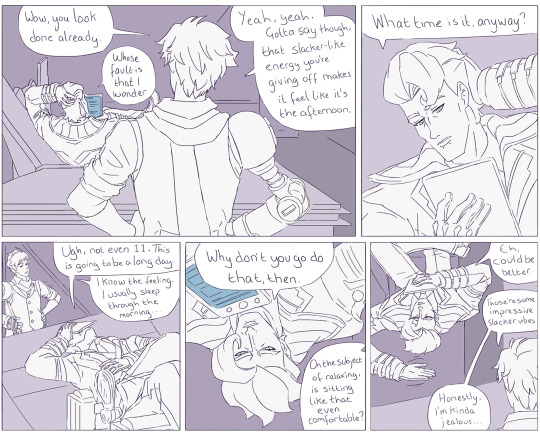

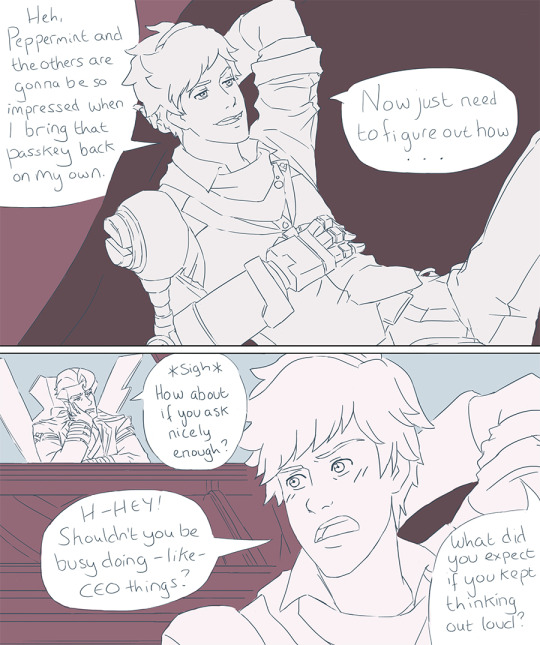
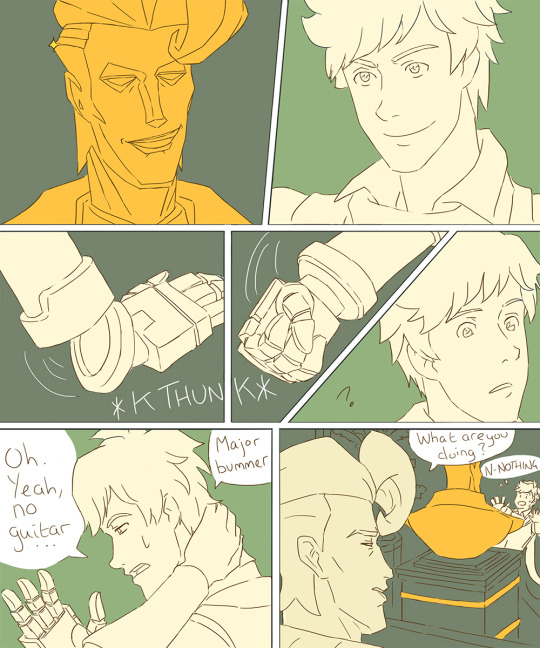
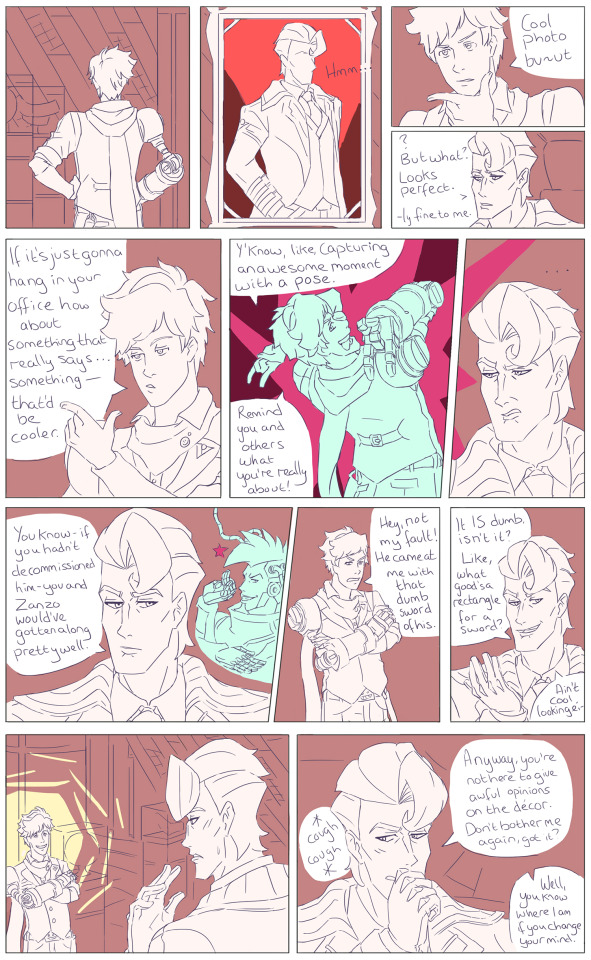
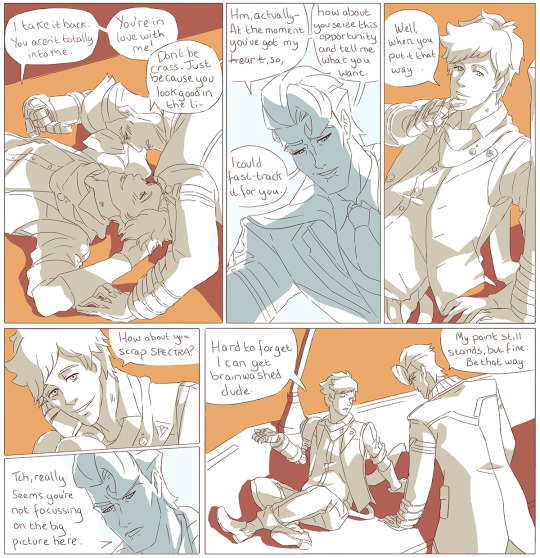
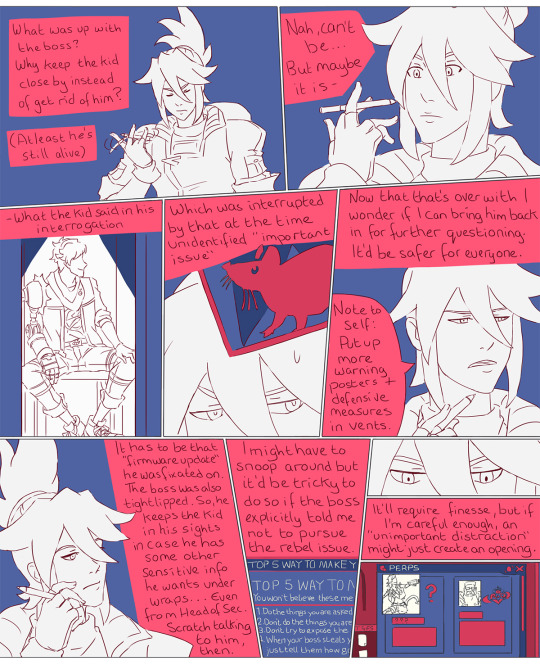
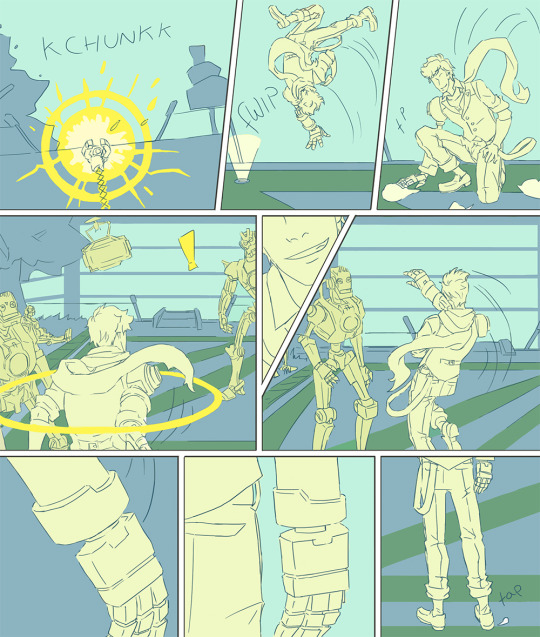
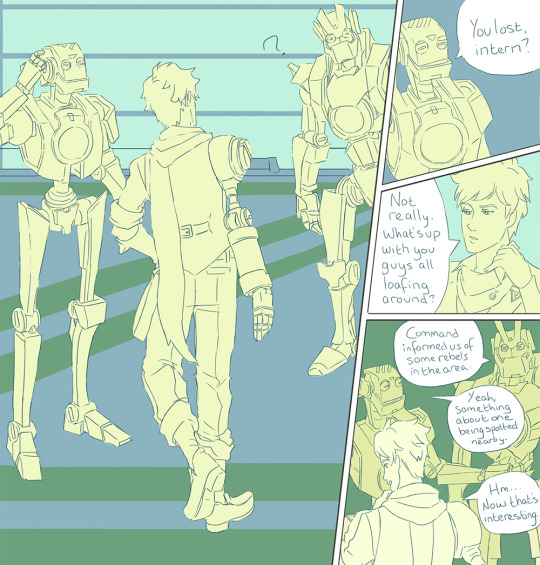
Some more of that Chai joins Vandelay for half a day AU. Or just a picture of a kinda OOC Kale chilling if you wanna gloss over those comics. I'm still not sure if the colours are too garish or not.
These were mostly done with the premise of treating Kale's office like the hideout. I also really like how mundane, or familiar, the interactions between Chai and Kale can be in the game so I wanted to draw some stuff exploring more like that. But also, there's the ulterior motive of shipping so I included an out of context scene because I can't bother drawing the rest of it (though it seems like a huge jump in their relationship as a result. I think they're so big headed that they get stuck in a feedback loop of stroking the other's ego if an excuse comes up to do so)
#hi-fi rush#hi fi rush#hfr#kale x chai#kale vandelay#hi fi rush chai#hi fi rush korsica#i didnt spend any time finding a ref for kale's shoe sole so i made something up#besides that though i owe my life to all the uploaders of reference pics and interesting details in the game#sorry about the korsica comic i probably had no choice but to cram all those words into one panel. also i like the typo on that webpage#i gave myself an arbitrary deadline of the end of last month but found the pages to be too messy so i spent an extra week on them#whether that helped or not no one will ever know. i have to work on other things so im putting a hard cutoff now#i wonder if my want to draw perspective stuff freehand is a case of fearing what my limits may be or if its just a fear of the line tool#i adore that this game lets you add more to the music through your inputs (dashing on the beat etc)#just like the games i have thoroughly enjoyed from tetsuya mizuguchi#i seem to have too much time on my hands#thinking up scenarios is quick and easy to do while carrying on with the day to day#its when the brain decides you need to try to draw them that the problems occur#'tis mine
201 notes
·
View notes
Video
youtube
Rez Infinite Session (Tetsuya Mizuguchi x Ken Ishii)
35 notes
·
View notes
Text
[Review] Child of Eden (PS3)
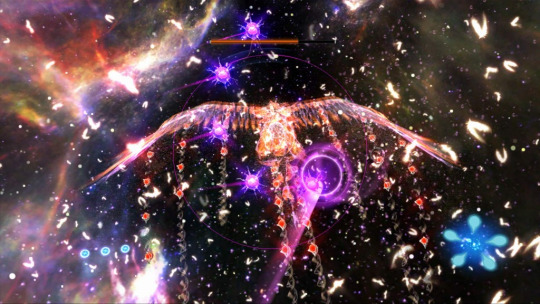
The cooler Rez.
After United Game Artists (the studio behind Rez) was dissolved into Sonic Team, Tetsuya Mizuguchi left Sega and founded Q Entertainment. They made other games with his signature flashy light show style, like Lumines and Every Extend, but in 2011 they followed up his original "synaesthetic" game with another rail shooter, Child of Eden. If you ask me it's a more successful expression of Rez's aims, and a more engaging shooter as well.
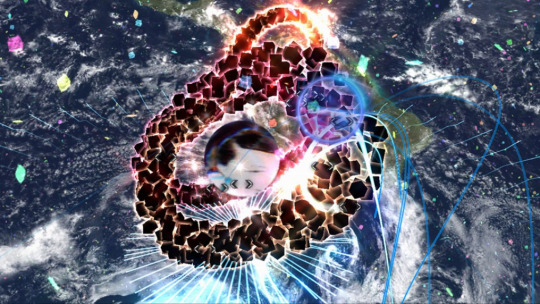
In addition to Rez's eight-target homing shot (which can now get multiple locks on stronger enemies like Kachi's shot in Sin & Punishment 2), there's a new rapid-fire shot which is specifically for destroying projectiles and damaging certain enemies. A strong use of colour coding helps with gameplay readability, so it's clear when there are hazards to shoot down or targets to lock on to, and responding with the right choice of weapon is satisfying. There's also a score multiplier system that turns CoE into a true rhythm hybrid game, as you're rewarded with a score combo when you get full target locks that are released to the beat of the backing track.

You will want to get good scores as this grants you stars which are necessary to unlock new levels. Again there are only five, plus a unique bonus marathon challenge unlocked after you clear them; I couldn't get more than a third of the way through this but it's a nice extra that hearkens back to Rez's more abstracted visual style. Luckily the unlock stars are cumulative, so you don't have to perfect stages to open up later ones, simply play them through a few times. This felt like a chore at first but I did get into improving my score as I flew through the rich virtual environments.
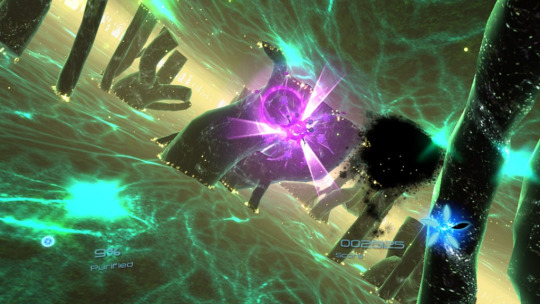
While the setting is similar to Rez (a cyberspace world vaguely under attack, an avatar character to save) the levels have memorably stronger theming, such as evolution or technology, and the bump in console generation certainly helps to make more fleshed-out and visually impressive worlds and setpieces. I also found the music landed better with more of a pop and vocal tinge, especially given the story.

You see, Child of Eden is something of a tie-in to Mizuguchi's house-pop band Genki Rockets, who needless to say handled the soundtrack. Their virtual frontwoman Lumi, played in their shows and this game by Rei Yasuda, is the central character, an AI recreation of a woman born in the far-future year of 2019. Lumi has a constant presence in the game as a live-action integrated FMV character, appearing on menu screens, in gameplay, and in the intro movie as a white-dress-clad personality-less object of innocence soon imperilled.
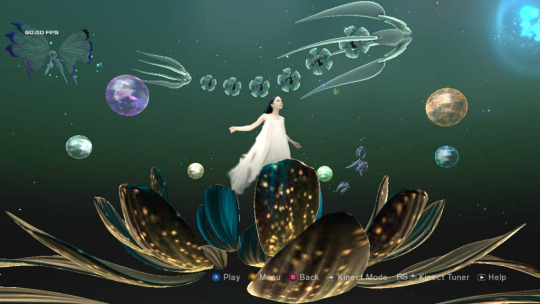
I'm not keen on the damsel-in-distress imagery, and I thought the concept would have landed better if she had been rendered in the cool sketchy "Take On Me" rotoscope style as seen in the unlockable music videos (well, you can only watch partial clips of them in the gallery, for some strange reason...). Either way, she provides a central figure to hang the game around which works well enough, especially because the implied player character has reduced presence as the game is presented from the first person perspective.
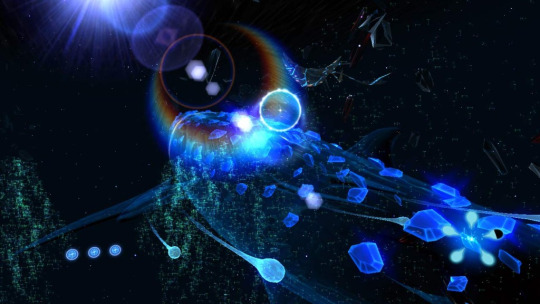
While I was underwhelmed by Rez, I found Child of Eden genuinely impressive; it actually is what I was hoping that Rez would be. It's a shame that it's now a lot less accessible than Rez. I suppose it's also worth mentioning that just as Rez Infinite has its VR support, Child of Eden is compatible with the flash-in-the-pan 3DTV technology, as well as having optional Playstation Move motion controls, which seems like it would work pretty well (the 360 version instead has Kinect support, which probably doesn't work as well). I still found it plenty immersive without the gimmicks, playing on a 2D telly with a stock Dualshock 3. Good stuff.
2 notes
·
View notes
Text
035: Every Extend [Extra] [Extreme]
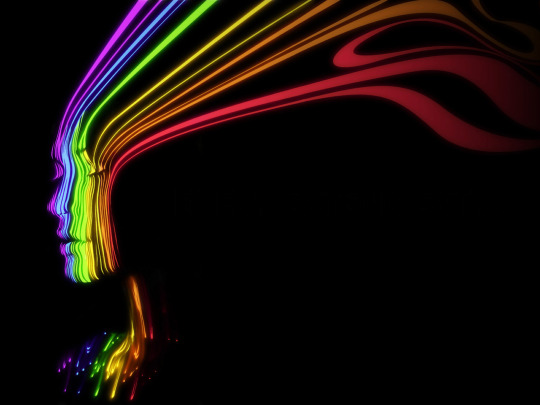
CANON FIRE is made possible by the generous contributions of readers like you. Support more writing like this on Patreon. Thank you!
Developed in three months as a student project, Every Extend is almost an “anti-shooter”, playing with the conventions of the shoot-em-up genre. You can’t shoot, and your goal is to destroy yourself intentionally. Detonating yourself sets off a chain of explosions with nearby enemies. A detonation uses up a life, but with careful timing you can chain multiple waves of enemies together, earning enough points for an extra life--or extend. Colliding with enemies or bullets inflicts a time penalty, Respawning is delayed until after the chain resolves, so timing a detonation to capture the most enemies is critical to both earning extends and making use of the limited timer.
Finding the exact timing to maximize your chain gives it a powerful tension, asking you to constantly wait on pulling the trigger until the last possible second. It’s a catchy hook, and alongside its abstract, geometric graphics and electronic soundtrack, has a simple and immediate appeal. That abstract art style might call to mind Tetsuya Mizuguchi’s REZ, which it turns out was a big inspiration for developer Kanta “Omega'' Matsuhisa. Not long after Every Extend’s release it would catch the eye of Q Entertainment, Mizuguchi’s then current company, who would hire Matsuhisa to develop a commercial version with them.


Every Extend Extra elaborates on the original with Mizuguchi’s signature of electronic music and reactive sound. The original’s vertical SHMUP style format has been altered to match the widescreen format of the PSP, and each stage now has its own unique aesthetic, with an accompanying licensed track. Sound effects are now synchronized to the beat, altering in pitch with each successive chain, giving chains an even more satisfying crescendo. Boss fights have become more complex, with elaborate bullet patterns and multiple phases. The original appeal and rhythm is kept intact, effortlessly mixing in new aesthetic layers and boss mechanics.
E3 also contains an Original Mode, which claims to be a version of the original game, but it’s mostly a port of the original’s stages into the new engine, missing the original aesthetics and aspect ratio.

Every Extend eventually received an HD version in the form of Every Extend Extra Extreme, but with many alterations that turn it into essentially another game. The pace has increased drastically, with the desire to play to the more powerful Xbox 360 hardware resulting in a huge increase in the number of enemies. To deal with the limited amount of viable spawn points, a new shield mechanic has been introduced, preventing you from getting hit for a few seconds after respawning. With so many enemies on screen you’re almost guaranteed a large chain, but you’re at a large risk after the shield runs out, urging you to detonate faster. A new rhythm mechanic awards bigger explosions for detonating on the beat, further deemphasizing positioning. It also lacks the variety of aesthetics that E3 has, opting for a more uniform look for all its stages.
The manic energy of the greater enemy count and extended explosion chains does have its own appeal, but it gets far away from the considered approach of E2 and E3, and feels more in line with the flashy popcorn appeal of other arcade shooters on the Xbox 360. As if they realized that, E4 has an extra mode named The Revenge, which turns the game into a regular twin stick shooter a la Geometry Wars. It’s really no more than a novelty, without any of the deeper mechanics that give those twin stick shooters their long term appeal.

The final addition to E4 is the Wiz Ur Muzik mode, which syncs up with your personal music collection, though bizarrely it doesn’t use the 360’s built in file management capabilities. Instead you go into a “capture mode” then play the music by switching to the built in media player in the guide menu, which will automatically be captured by the game. It’s a truly bizarre way to introduce this feature, especially when plenty of other smaller downloadable titles managed to integrate music playback more seamlessly. Exactly what changes with your music isn’t very perceptible, so the experience doesn’t feel much different than turning off the in-game music and playing your own on another device.
E4 is kind of a weird package that doesn’t capture the original appeal, and it’s kind of a shame that it’s the only way to play Every Extend on a modern system, thanks to Xbox 360 backwards compatibility.

Currently, you can purchase a digital version via the Xbox online store and download it to any Xbox from the 360 onward, and a physical version is also available via the Qubed compilation of Q Entertainment games, which also includes Rez HD and Lumines Live. This will likely be the only way to purchase it after next year, which will see the shutdown of the Xbox 360 digital store in July 2024.
The original freeware Every Extend can be found on the Internet Archive, while Every Extend Extra doesn’t seem to have received a digital release, leaving your only official option to purchase a PSP UMD. ISOs of E3 are, of course, easily available.
#q entertainment#tetsuya mizuguchi#psp#freeware#doujin#music#rhythm#shmup#stg#omega#Kanta Matsuhisa#canon fire
8 notes
·
View notes
Text
wild how my taste in music, art, and video games has been shaped by tetsuya mizuguchi since 2006 without even knowing his name until a month ago
1 note
·
View note
Text
The Making Of Humanity, 2023's Best Puzzle Game
New Post has been published on https://thedigitalinsider.com/the-making-of-humanity-2023s-best-puzzle-game/
The Making Of Humanity, 2023's Best Puzzle Game


Earlier this year, we spent time with tha ltd. and Enhance Experience, the creative teams behind Humanity, for a documentary on the game’s development.
While, on its surface, Humanity is a puzzle game about leading groups of people to a goal, as its name implies, its story wrestles with ideas of what it means to be human, the nature of groups, and why we always seem to resort to violence. Humanity’s story reflects real-world events, showing us the paths we’re currently on.
Watch The Documentary:
[embedded content]
“Soon after we began making Humanity, a number of big events and movements broke out around the world,” Enhance founder and CEO Tetsuya Mizuguchi tells us. “There were human rights movements, the Hong Kong protests, [and] then there was the pandemic. And war soon followed in Ukraine. We had no idea how quickly and deeply AI would infiltrate our society either. I think all these things found their way into the core of Humanity. That question, for example, ‘What is humanity? What is human nature?’ We would often talk about how people, looked at individually, are good. There are so many wonderful people out there. But when they become a group, or a nation, or even just big groups, at that level, something happens. It’s like a different switch gets flipped. And what you see there, that is what we’re trying to depict in Humanity.”
Watch above or over on Game Informer’s YouTube channel to see the full documentary about the making of Humanity. “Violence Is Inevitable” speaks to the core creative team, including Mizuguchi and tha creative director Yugo Nakamura, about the project’s origins, its complications and lengthy development cycle, and how it came to show us the nature of humanity.
#2023#ai#CEO#channel#development#Events#Full#game#how#human#human rights#Ideas#it#nature#Pandemic#project#society#surface#Teams#time#Ukraine#War#What is#youtube
0 notes

